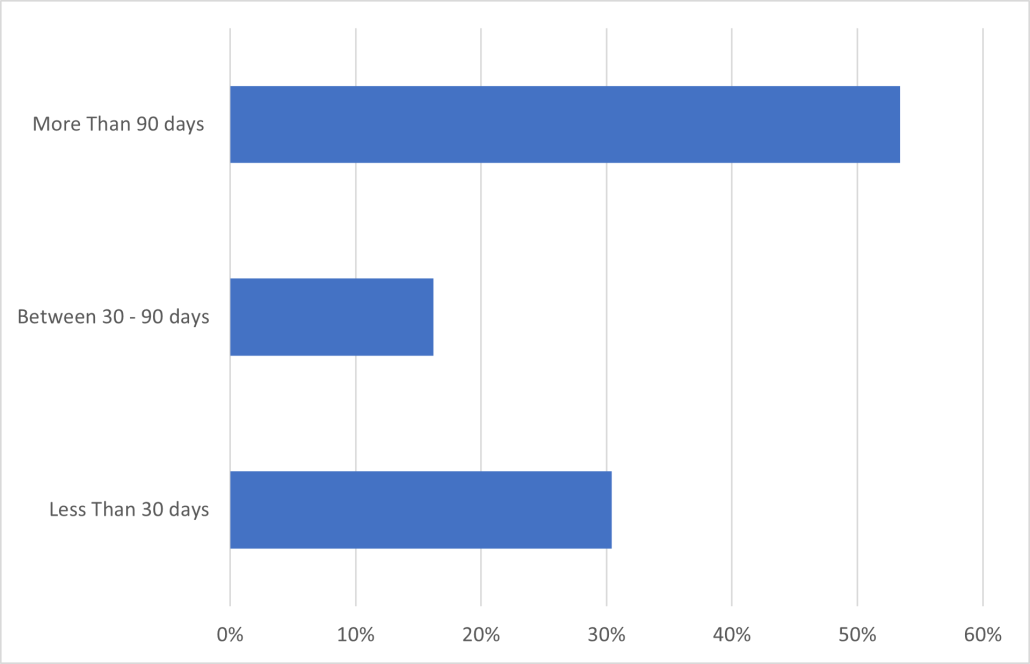Microsoft is testing an AI-powered image creator for Windows 11 Paint
Based on OpenAI’s DALL-E text-to-image platform, Paint Cocreator will conjure up images in Windows Paint based on your descriptions.
Those of you who’ve ever struggled to draw your own artwork in Microsoft Paint will soon be able to turn to AI to automatically generate your desired images.
In a Windows Insider blog post published Wednesday, Microsoft announced a new AI-powered tool for the Paint app in Windows 11 that will create images for you. Known as Paint Cocreator and based on OpenAI’s DALL-E text-to-image platform, the feature is currently on its way to Windows Insiders.
Like other AI-based image generators, Paint Cocreator will cook up images based on your descriptions. You can submit anything from a few general words to a couple of sentences. But you’ll want to be as descriptive as possible to improve your odds of getting just the right image.
You can also select a particular style of art. When you’re ready, the tool will create and display three different images from which to choose. Select the one you like and you can then fine-tune it in the Paint canvas if you wish.
To let you use Cocreator, however, Microsoft is imposing a credits system as virtual currency, according to its support page for the tool.
By Joining Cocreator, you start you off with 50 credits. Each time you create an image, one credit is used. You can always see how many credits you have left by checking the bottom right area of the Cocreator pane.
Microsoft didn’t explain what would happen if you run out of credits and need more. But hopefully that will get ironed out before the tool hits the release version of Windows 11, assuming this credits system sticks around.
To ensure that Cocreator is being used responsibly, Microsoft will also employ content filtering. The aim here is to prevent people from creating images that are considered harmful, offensive, or inappropriate. The content filter is based on certain standards, such as human dignity, diversity, and inclusion, according to Microsoft.
With all the buzz and interest surrounding AI, image generators have taken off among people who need to generate drawings, paintings, artwork, and other types of graphics. OpenAI offers its DALL-E image creator on which other tools are based. The company is currently testing a new version known as DALL-E 3.
Microsoft’s DALL-E-powered Bing Image Creator works as a standalone tool and as part of its Bing AI chatbot. Other popular tools include Midjourney, Stable Diffusion, DreamStudio, and Craiyon.
To try Cocreator at this point, you’ll need to be registered with the Windows Insider program for Windows 11. You’ll also need to be running the Dev or Canary build of Windows 11. And for now, the tool is available only in the US, UK, France, Australia, Canada, Italy, and Germany.
Make sure you’ve downloaded and installed the latest updates for your Windows 11 build. Once Cocreator is accessible, you’ll still need to join a waitlist to use the tool as Microsoft is rolling it out slowly at first. To do this, click the Waitlist button in the Cocreator pane when the tool shows up in your build. You’ll receive an email notice when you’ve been approved to use it.
Source: Microsoft is testing an AI-powered image creator for Windows 11 Paint | ZDNET



